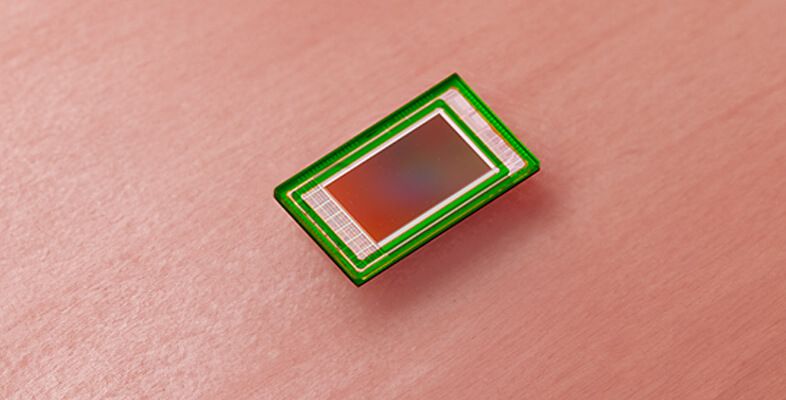What is a CMOS Sensor?
A Complementary Metal-Oxide-Semiconductor (CMOS) sensor is a type of imaging sensor widely used in digital cameras, smartphones, and various other electronic devices. As technology advances, CMOS sensors continue to gain popularity due to their high performance, low power consumption, and compact size. In this article, we will explore how CMOS sensors work, their comparison with CCD sensors, and the reasons behind their growing preference in modern imaging technologies.
How do CMOS Sensors Work?
CMOS sensors are made up of an array of photodiodes, which convert light into electrical signals. Each photodiode is connected to a transistor that amplifies the signal, allowing for fast readout speeds. The individual pixels in a CMOS sensor can often be controlled independently, resulting in quicker processing times compared to other types of sensors.
In short, when light hits the photodiodes, it generates charge proportional to the intensity of the incoming light. This charge is then converted to a voltage through the transistor. The amplified voltage is further processed by the camera's image processor to create a visible image. This process allows for rapid image capture and lower latency, making CMOS sensors ideal for high-speed photography and video recording.

CMOS Sensors as Opposed to CCD Sensors
While CMOS sensors have become extremely popular, it’s essential to understand their differences from Charge-Coupled Device (CCD) sensors. CCD sensors were once the standard in digital imaging due to their high-quality output and excellent low-light performance. However, they have some drawbacks compared to CMOS sensors.
One of the primary differences is architecture. CCD sensors use a series of capacitors and register charges, which must be transferred to a single output node before processing. This process tends to be slower and consumes more power. Additionally, CCD sensors often require more complex circuitry, making them larger and more expensive to manufacture.
In contrast, CMOS sensors are integrated with additional circuitry, enabling them to perform various functions on-chip. This design allows for faster image processing and eliminates the need for external components, leading to a compact design. Furthermore, CMOS sensors are typically less power-hungry, which is a huge plus in battery-powered devices like smartphones.
Why CMOS Over Other Image Sensors?
The preference for CMOS sensors in contemporary imaging systems comes down to several advantages. Firstly, their low power consumption makes them ideal for handheld devices that rely on battery longevity. This is particularly significant in smartphones and digital cameras designed for prolonged use.
Secondly, CMOS sensors allow for high-speed capture and video recording, which is essential for fast-paced environments or sports photography. They can also incorporate additional features like on-chip processing for noise reduction and image enhancement, improving the overall quality without needing extensive external processing.
Lastly, the manufacturing cost of CMOS sensors is generally lower than that of CCD sensors, making them a more economical choice for mass production. As consumer electronics evolve, the demand for high-quality yet affordable imaging solutions only continues to grow, solidifying the position of CMOS sensors in the marketplace.
In conclusion, CMOS sensors represent a state-of-the-art technology that balances performance, efficiency, and cost-effectiveness, making them the go-to choice for modern image capture. With their increasing prevalence in various applications, understanding their mechanics and advantages is crucial for anyone interested in the world of digital imaging.

Or Get YourMoney Back
back your money in the rare case you are not satisfied with the quality of your
damage-free pictures. Only $38 for most image restorations regardless of damage

All rights reserved.